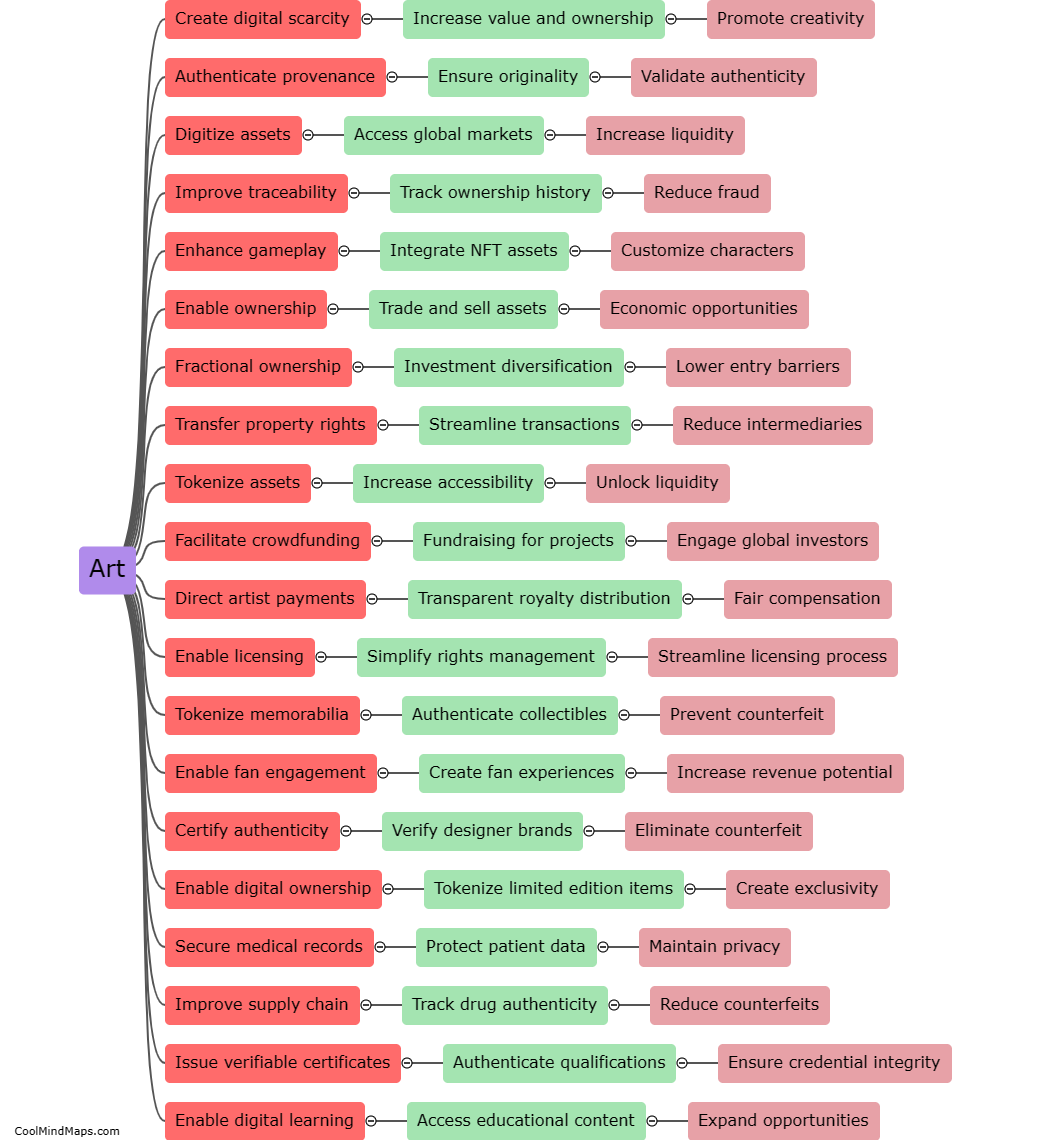How can NFT projects reduce their environmental impact?
NFT (Non-Fungible Token) projects have gained significant popularity in recent years due to their ability to tokenize and trade digital assets. However, the booming popularity has raised concerns over the substantial environmental impact associated with the energy consumption of blockchain technology. To reduce their environmental footprint, NFT projects can adopt a range of measures. One important step is transitioning from proof-of-work to more eco-friendly consensus mechanisms like proof-of-stake, which consume significantly less energy. Additionally, leveraging renewable energy sources for mining and transaction processing can greatly reduce the carbon emissions. Projects can also focus on optimizing their smart contract code to enhance efficiency and reduce energy consumption. By implementing these strategies, NFT projects can contribute to mitigating their ecological impact and ensuring a sustainable future for the NFT ecosystem.

This mind map was published on 7 August 2023 and has been viewed 119 times.











